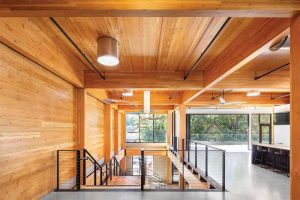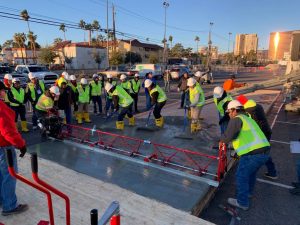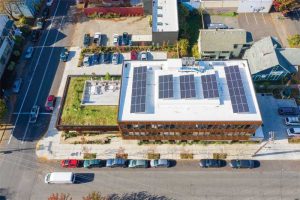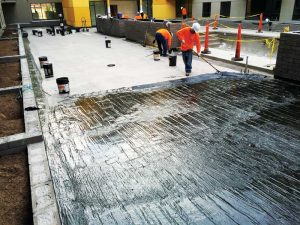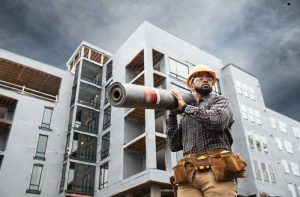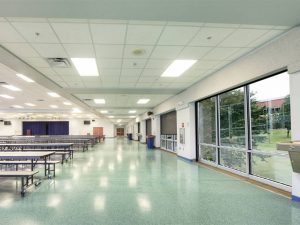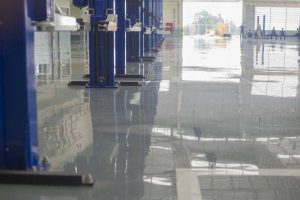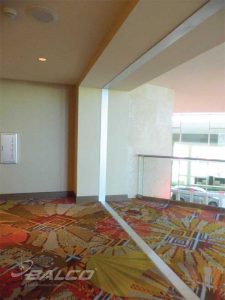The ability to understand and to measure a building’s environmental impact is pivotal in order to make buildings more sustainable. By exploring the principal methods and tools assessing carbon footprint in the context of building materials, architects and specifiers can compare alternate designs and make informed choices.
+ Read More
|
Many of the largest retailers have been specifying, or soon will be specifying, certified individuals on new construction projects. It is worthwhile for owners and specifiers on projects of all types to follow their lead. Good quality control can result in significant cost and time savings. Therefore, it is...
+ Read More
|
A high-performance roof system is durable, resilient, and allows a building to be occupied after a disaster event and continues performing during a loss of power. Designing beyond code minimums could help a roof stay intact with minimal damage during a storm.
+ Read More
|
In both residential and commercial lighting, the source of illumination is mostly light-emitting diode (LED) technology. Electrical and general contractors and consulting engineers for new construction and renovation are now faced with new opportunities and challenges, as a luminaire may no longer be a ‘mere’ light fixture.
+ Read More
|
Fluid-applied waterproofing materials have been used for centuries. Over the years, there has been much advancement in material chemistry and technology. However, even with new developments, proven performance in previous technologies still warrant their use around the world.
+ Read More
|
Weather-resistant barriers (WRBs), also known as building wraps or housewraps, are one of the best building materials for controlling water, either through blocking rain from entering the wall cavity, allowing moisture vapor to move and escape the wall cavity, or draining bulk water away from the wall assembly.
+ Read More
|
Architects have long turned to overhead coiling door manufacturers for closure solutions that provide safety, security, and peace of mind. A number of advancements in recent years, including specialty doors, grilles, and fire products with low profiles and reduced head room, have turned this product category into a collection...
+ Read More
|
The global anti-static floor market is expected to reach $4.09 billion by 2025. As electronics continue to infiltrate the workplace, the applications for electrostatic discharge (ESD) control flooring are expanding.
+ Read More
|
One aspect of sustainability is the specification and installation of high-quality products on door openings that will not be damaged during occupancy and do not require extensive maintenance. Gasketing manufacturers provide a range of products to enhance an opening’s sustainability.
+ Read More
|
The placement of expansion joints within floors, walls, ceilings, and roofs provide the wherewithal to stabilize large buildings from experiencing structural stress under changing conditions. However, there are some nuances to selecting the correct material for a building.
+ Read More
|
|
|


